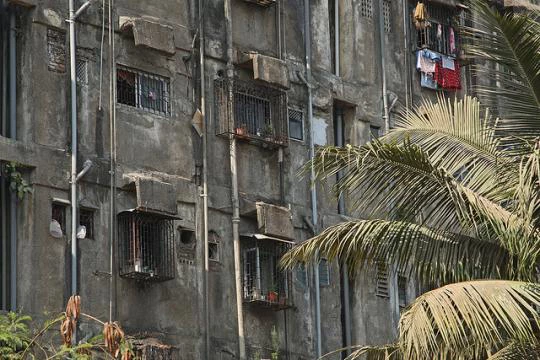
For the first time in history, the majority of people now live in cities, and by the end of the century, 80% of the world’s population will be urban . This rapid urbanization is a phenomenon almost entirely concentrated in developing and emerging countries- in fact, 98% of this urbanization is happening in developing countries , and at a much faster pace than developed countries urbanized in the past.
What does this ‘metropolitan century’ mean for cities, governance, and development?
The OECD recently launched two flagship reports – Governing the City and The Metropolitan Century – which examine urbanization and its consequences, the challenges and opportunities ahead, and the institutional mechanisms that can help better govern and manage cities. These are vital issues indeed, as decisions made by urban policymakers today have the potential to determine cities’ competitiveness and citizens’ quality of life for generations to come.
In this age of unprecedented urbanization, it is clear that cities are an essential component of development. The growth of cities and how they are governed impact a number of key development factors including productivity, citizens’ well-being, equity, public policies, social cohesion, and trust in institutions.
With a large share of the poor living in cities, and cities’ role as producers and distributors of prosperity, urbanization is inextricably linked to the World Bank Group’s twin goals of eliminating poverty and boosting shared prosperity.
In developing and emerging countries, there are distinct urbanization trends that differ from those in the developed world. The OECD reports explore these trends and examine the links between urbanization, industrialization and development; the phenomenon of megacities (8 of the 10 largest cities in the world are in developing countries ); informal settlements and slums (35% of the urban population in developing countries live in slums ); spatial segregation, which is more marked when markets are not easy to regulate; and the city environment and security (informal settlements and megacities create risks to the environment, security, and resilience).
Despite major differences between the dynamic growth in Southeast Asia and Africa and the highly urbanized regions of Latin America and East Asia, there is still a lot that developing and emerging countries can do to improve their urbanization patterns.
Governance is key, and in particular, city governance. From an economic and fiscal perspective, the rationale for city governance is well established: cities are a complex system with many interlocking parts, so coordination is essential in more complex environments.
Of course, this is all easier said than done. The challenges of urban governance in developing and emerging countries are many, as large informal sectors and settlements can make good governance difficult.
Developing countries are more centralized than developed countries , so this can limit the availability of resources and the ability to implement policies at the metropolitan level. Fast growing cities also increase the complexity of the local economy with substantial changes around land regulation, land prices, administrative boundaries between municipalities and villages, etc.
Our response to these challenges is a call to focus on cities as part of the governance agenda, and a need to highlight governance as part of the urban agenda. Governance does not stop at the national level , especially as citizens’ perceptions start with their relationship to actors at the local level.
As we think about governing cities in this metropolitan century, I hope we can:
Think geographically—across the full spectrum of cities, from megacities to medium-sized cities to villages;
Think horizontally – across all relevant sectors, from infrastructure and energy to human development and the environment; and
Think vertically – by looking across all levels of government, especially at the local level, despite the centralized tradition of developing countries.
The unprecedented urbanization in developing and emerging countries presents both a great opportunity and a great challenge. If we recognize that urban and governance issues are inextricably linked and leverage the citizen engagement agenda to connect these two pillars of development, we can help to truly connect cities to their citizens for the well-being of all.
What do you think? Tell us in the comments.


Join the Conversation